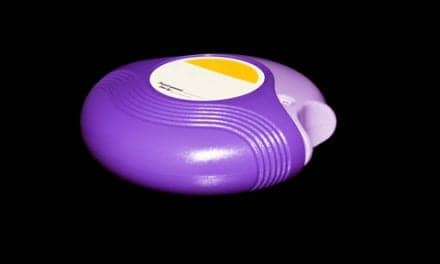A new study suggests traction bronchiectasis and honeycombing may be aspects of a continuous process of lung remodeling in patients with idiopathic pulmonary fibrosis.
Traction bronchiectasis and honeycombing appear in places exposed to high levels of mechanical stress and lung remodeling. Also, most of the fibrotic tissue was situated far from the dilated bronchi, in contrast to what is seen in other fibrotic conditions, such as nonspecific interstitial pneumonia.
Researchers also saw that as lung fibrosis progresses, the dilatation of bronchi becomes more severe — first at the outer edges of the lungs then, only later, continuing toward the core of the lungs. In HRCT scans this shows up as an area of bronchiectasis that frames the shape of the lung and overlaps with areas of honeycombing.
Based on these observations, the research team believes that traction bronchiectasis in these patients results from an increase in the numbers of bronchioli — the last tiny branches of bronchi — rather than from the mechanical forces of traction of a single airway by fibrotic tissue.
The researchers argue that if mechanical forces were causing the bronchiectasis, the pattern observed in the tissue would look different, with a few centrally enlarged bronchi later spreading to the periphery of the lung.










